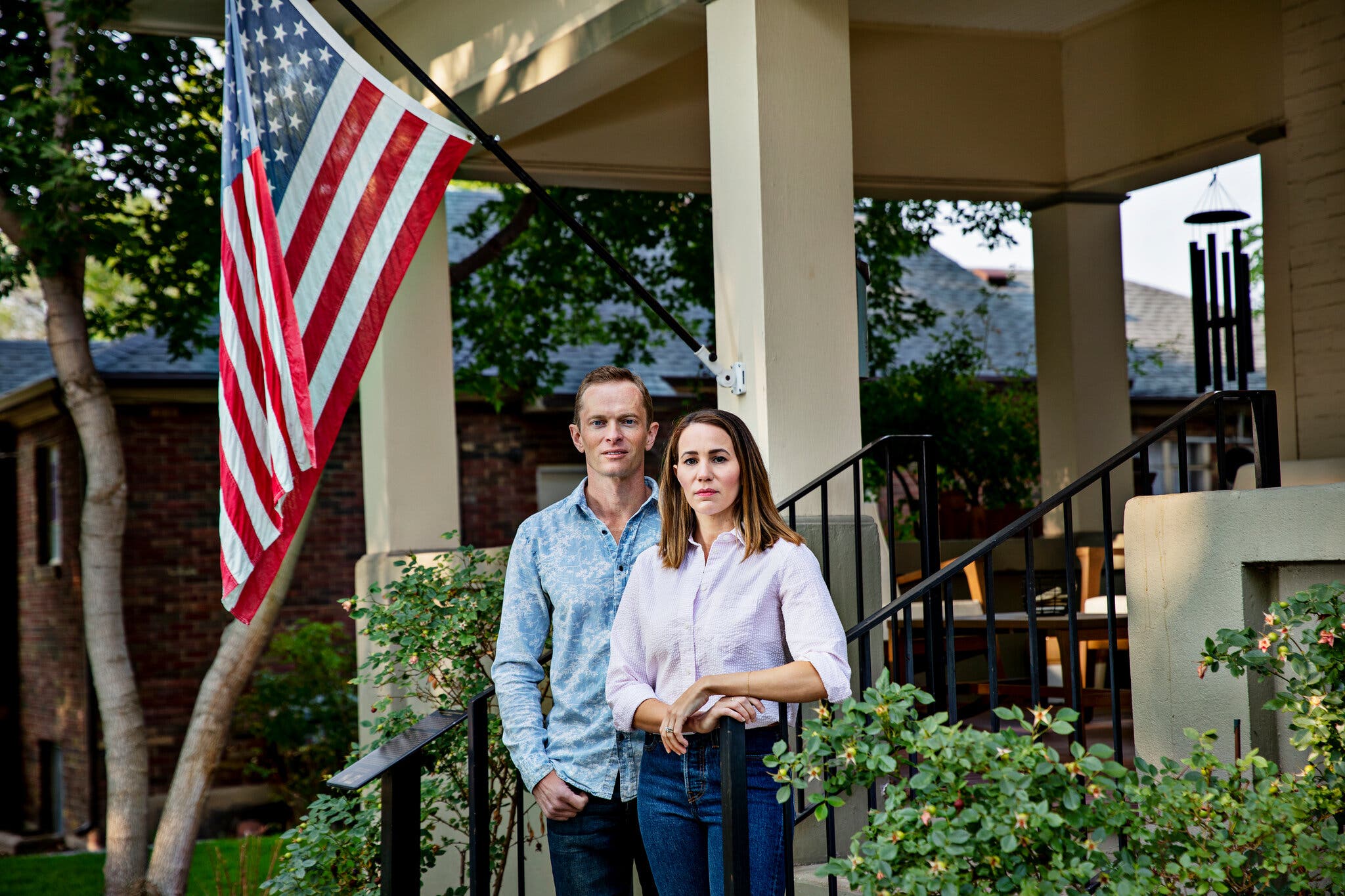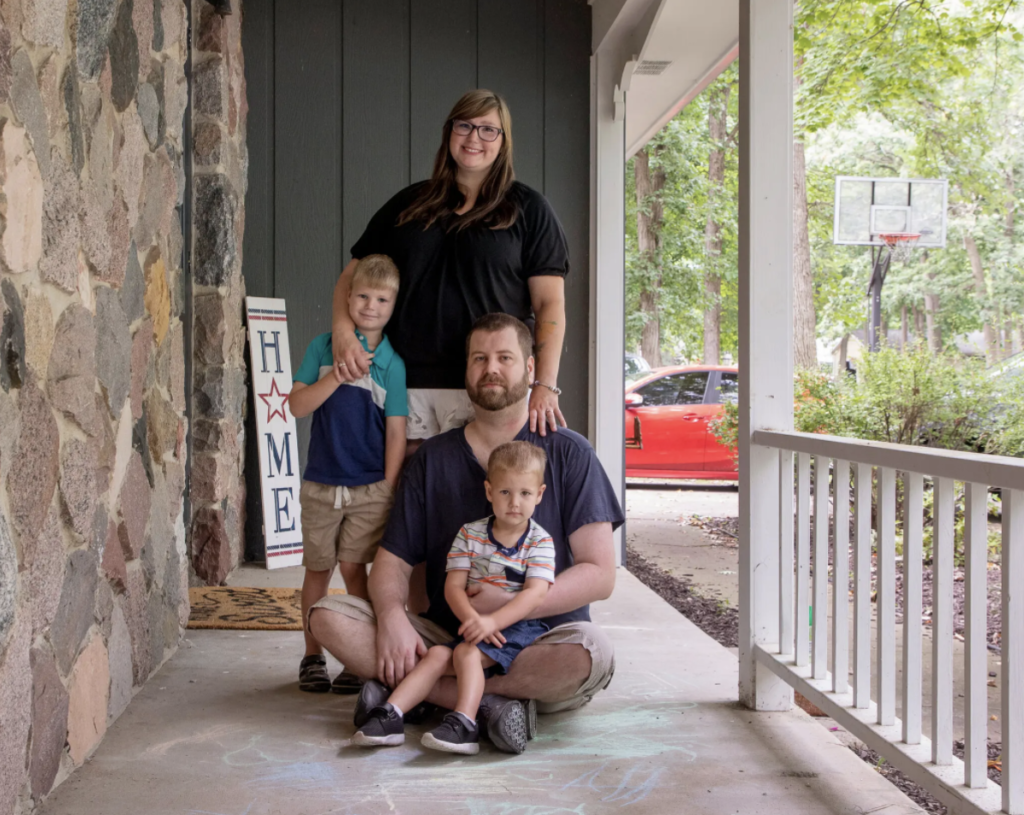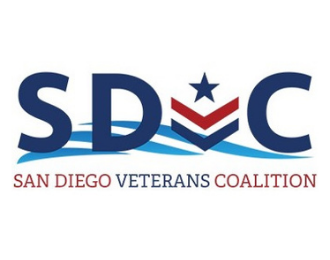For Military Families, V.A. Loans Are a Lifeline, but With a Catch

New York Times – Updated for November 2021
Author: Debra Kamin
The mortgages have helped millions of soldiers buy homes, but they carry a mostly unfair stigma that has kept many families out of today’s competitive market.
The search for affordable housing has long been an accepted part of the job for American soldiers and their families. And since the Covid-19 pandemic set the real estate market on fire, it has never been harder.
America’s military families move homes 10 times more frequently than civilians, often relocating every two or three years. That burden is somewhat eased by the Veterans Affairs loan, a privately-funded mortgage backed by the U.S. Department of Veterans Affairs that is best known for allowing veterans to purchase a home with no down payment. About 25 million soldiers have used the loan since 1944.
The loan comes with other benefits, too: competitive interest rates, no prepayment penalties, shorter waiting periods for approval following foreclosure or bankruptcy, and no requirement for private mortgage insurance.
But in the hottest housing market in decades, many military families are now finding the loan can be more albatross than asset.
V.A. loans, which were created in 1944 as part of the G.I. Bill of Rights, are often regarded with suspicion. Many sellers think the loans are either risky or hard to close. And in a market where nearly 90 percent of properties sell within a month, and more than 20 percent of buyers are paying all in cash, veterans and soldiers shopping with a V.A. loan are finding they can’t compete.
“We just couldn’t get anybody to accept our offer,” said Shawn O’Farrell, who tried for more than 50 homes this summer before eventually closing on a three-bedroom, three-bath house in Appleton, Wis.

– Kevin Miyazaki for The New York Times
Mr. O’Farrell served in the U.S. Army for seven years, deploying to Iraq three times. But getting an offer accepted on a home while moving his family from Illinois to Wisconsin turned out to be another battle. He and his wife, Bekah, were surprised to find that in several instances when they made an offer, despite bidding above asking price and waiving contingencies, the sellers accepted a lower bid from a different buyer.
“If we bid $285,000, they would accept a different bid for $260,000,” he said. “It seems there’s still a myth about V.A. loans, and sellers are being told that V.A. loans are horrible and they should never take them.”
The O’Farrells paid $290,000 for their current home, more than $40,000 above the original listing price. Mr. O’Farrell believes he overpaid, but had no other choice.
“A lot of veterans are being left out of the process, because they can’t compete,” said Deonte Cole, a retired Marine Corps veteran who now works as a broker in Tampa, Fla. “We’ve got a surplus of ready and willing veterans who aren’t able to find homes right now. Sellers are trying to get the best offers they can and they don’t see the V.A. loan as competitive.”
There is a growing civilian-military divide in the United States. According to a Pew Research Center survey, only 33 percent of Americans between the ages of 18 and 29 have an immediate family member who served in the military, compared to 79 percent of Americans aged 50 to 64.
And when armed service members are required to relocate during active duty, the divide can be economically devastating.
“This market is an absolute nightmare for military families,” said Georganne Hassell, a veteran whose husband is currently in the Air Force. Both did tours in Afghanistan, and they currently live in Ogden, Utah. “Many people don’t have a close connection with a military family, and more understanding from Americans about these challenges would be helpful for our country,” she said.
Ms. Hassell and her husband bought a home in Ogden in June 2020, and are gearing up for another cross-country move in a few months. This time around, in hopes it might make them more competitive, they are considering a conventional loan.
“A huge percentage of the American population has not been in service,” she said. “The V.A. loan is just another unknown, and people tend to gravitate toward what they know. But ultimately the military decides where we live. The military is not just a job, it’s a lifestyle, and moving is part of that.”
The stigma that V.A. loans often carry isn’t entirely unearned. Years ago, the loans were much harder to close — they were complicated transactions that often would fall apart in the final days of the deal; and home appraisers, who were also once paid less for mortgages with V.A. loans than for conventional properties, were said to drag their feet or even lowball their appraisals when working on a property with a V.A. loan.
Those headaches are legitimate concerns, said Chris Birk, vice president of mortgage insight at Veterans United, a V.A. lender, and they’re rooted in sellers’ fears that going with a V.A. loan could scuttle their closing. But those concerns are also outdated. The loan process has been significantly streamlined in the past two decades.
“There’s a lot of mythmaking and stereotyping with V.A. loans, and it is rooted in misconceptions,” Mr. Birk said, although he acknowledged, “Some of them have kernels of truth.” “We do see reticence among some home sellers and some real estate agents, because of old stereotypes about bureaucracy and red tape.”
Today, V.A. loans actually close at a higher rate than conventional mortgages. For all home purchases in June 2021, 70 percent of V.A. loans successfully closed, compared with 51 percent of all mortgages, according to Ellie Mae, a mortgage application software company. And they’re being utilized more often, as well: data from the Department of Veterans shows that the number of V.A. loans went up 8 percent year over year in 2021, marking the 10th consecutive year of growth.
But despite the loan process being simplified over the past 20 years, they haven’t entirely been able to shake the spool of extra red tape. And in some markets, the barrier made by that tape is extra thick.

– Gabriela Bhaskar/The New York Times
“The challenges that veterans face in purchasing a home vary by region,” said Yuchen Duan, a veteran who recently bought a condo in Long Island City. “And veterans in New York City face some very unique challenges.”
Ms. Duan said that in her home-buying process, she was at particular disadvantage because of a widespread unfamiliarity with the V.A. loan among New Yorkers. New York State has the lowest percentage of veterans in the United States, at 4.4 percent.
Earlier this year, she set out to buy a one-bedroom, one-bath condo at the Bond, a complex in Long Island City. She got it, but only after a fellow veteran stepped in to help.
“The amount of information and requirements that the V.A. requires for a loan are different and above what normal conventionally underwritten mortgages require,” said John McInerney, managing director of iCross Capital, a real estate financing fund in New York that served as developer for the Bond. Mr. McInerney is a veteran of the U.S. Army, and he suspected Ms. Duan would face additional challenges by using a V.A. loan.
He was right: the documents that the V.A. required in Ms. Duan’s case were significantly more involved than those for a conventional loan: including a spreadsheet on the Bond’s sales activities, documented evidence of the building’s recreational facilities; even the minutes from their homeowners’ association meetings.
“Anything dealing with veterans is a government entity, so it’s going to require a kitchen-sink kind of approach,” Mr. McInerney said. “A lot of people are reluctant to go through so much effort just to close a sale.”
Mr. McInerney and his team worked directly with Wells Fargo Home Mortgage Loans to draw up a contract contingent on their ability to secure V.A. financing, and Ms. Duan was able to close her mortgage within 60 days.
“It required additional work on the part of the bank, it required additional work on the part of my associates, and it required some additional work from the brokers. But I think it was well-served,” Mr. McInerney said.
Educating brokers and lenders about the realities of V.A. loans, and the changes they have undergone in the past few decades, would help bridge that gap, said T.J. Powell, an executive vice president at the American Armed Forces Mutual Aid Association, a military nonprofit that provides financial services for veterans.
“A lot of people come our way because they had a bad experience with a lender who just didn’t know the ins and outs of a V.A. loan,” Mr. Powell said. “Knowledge is power. The more we can partner up and give education about the loan, it will help the borrower in the long run.”





